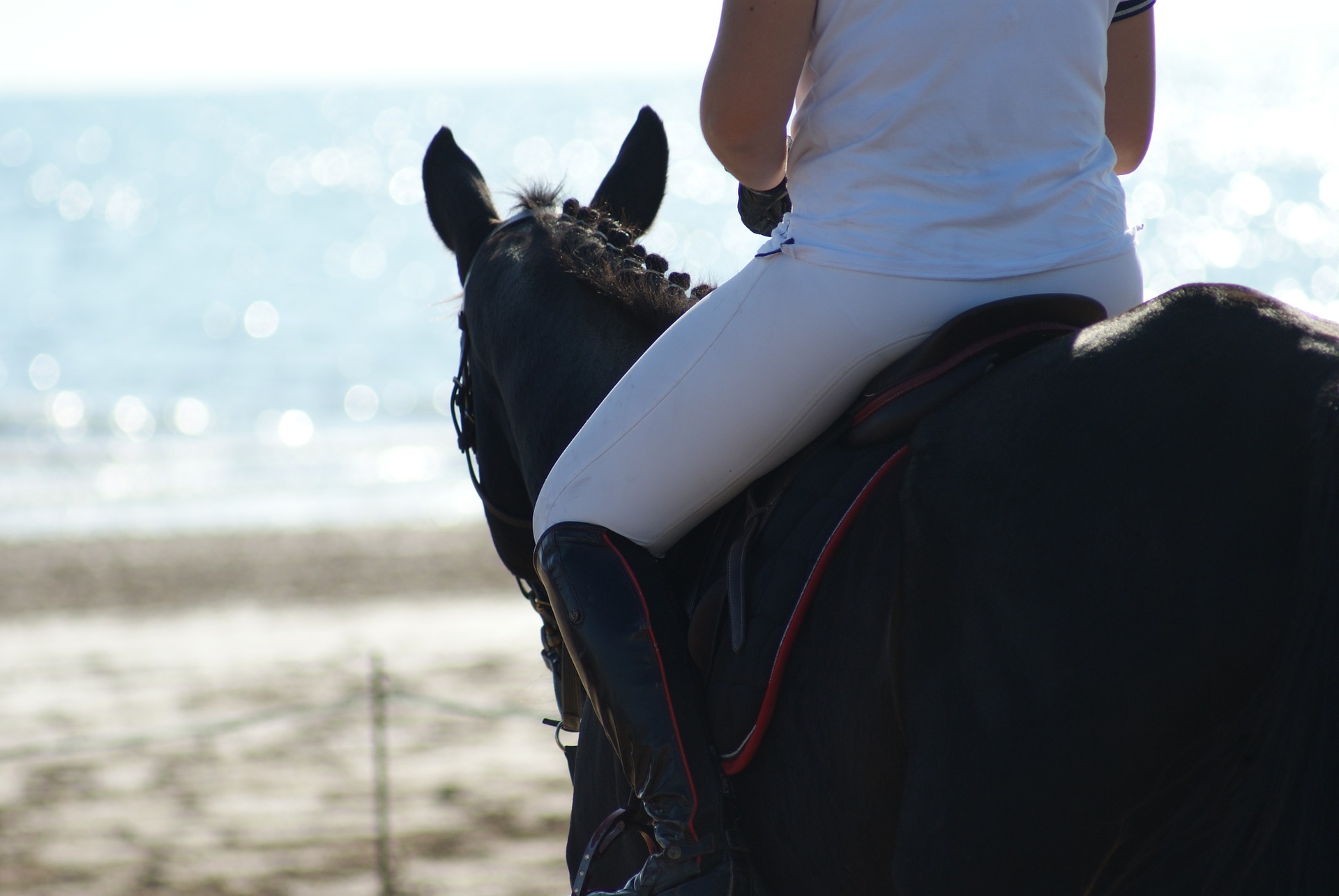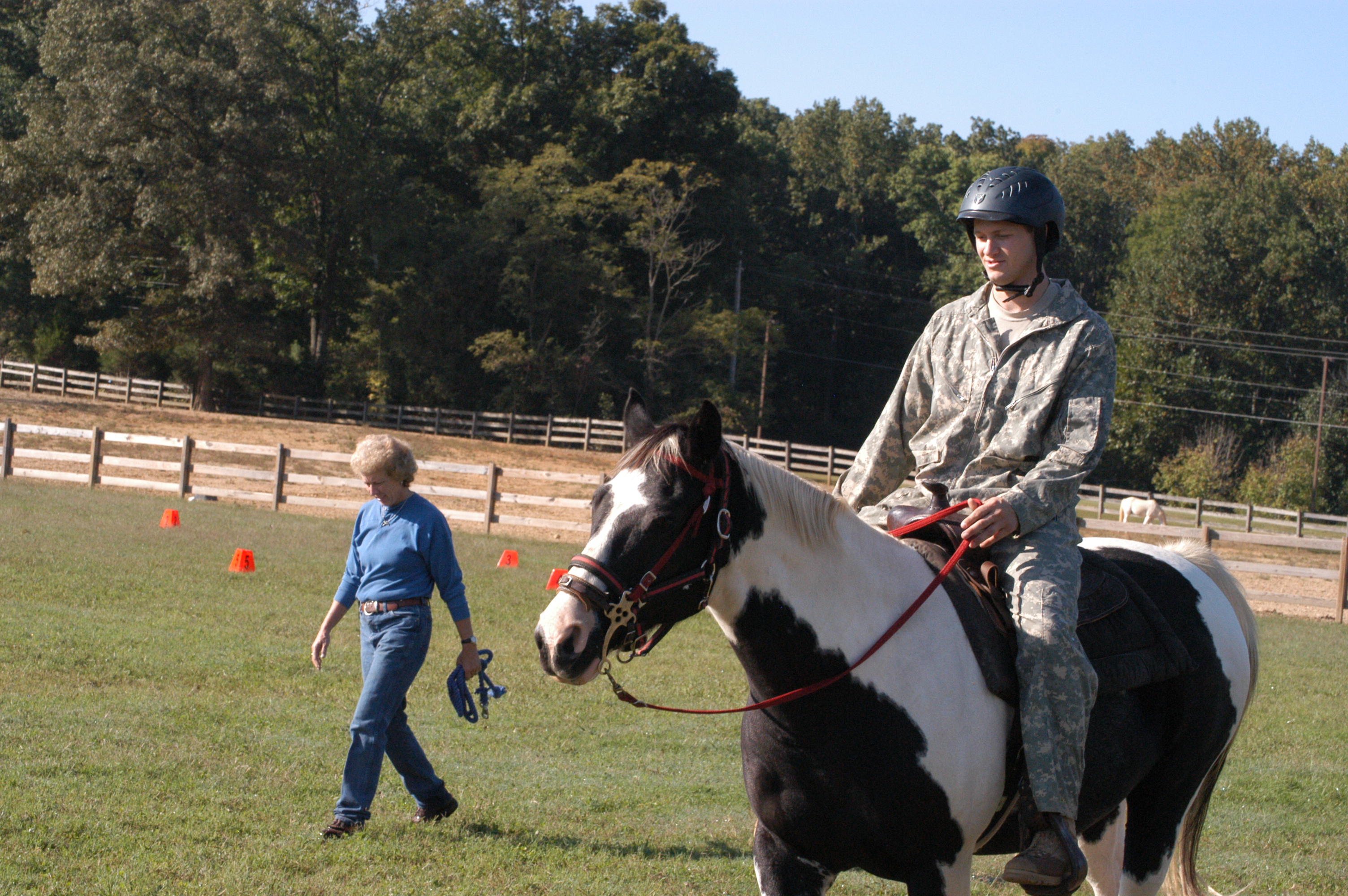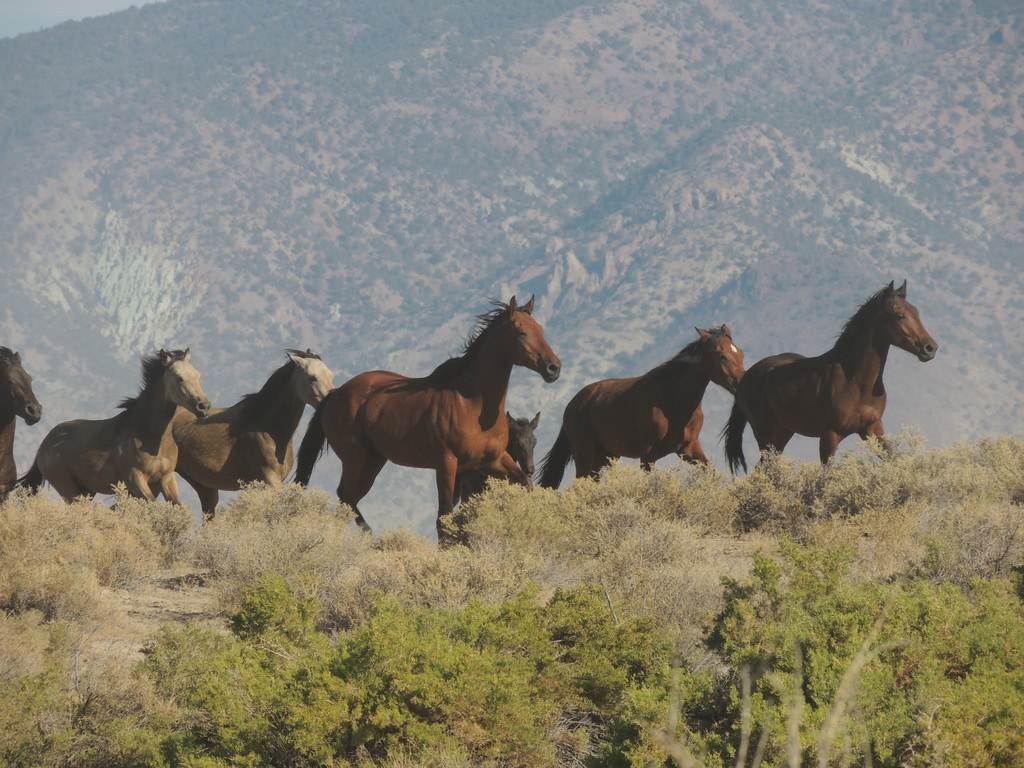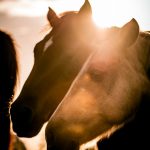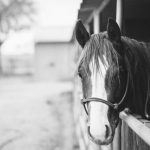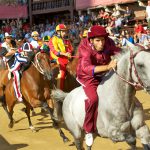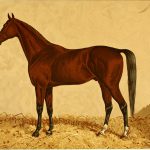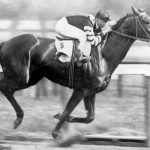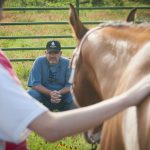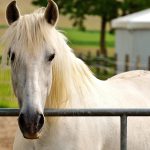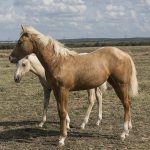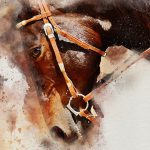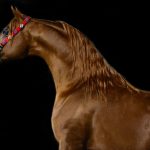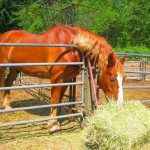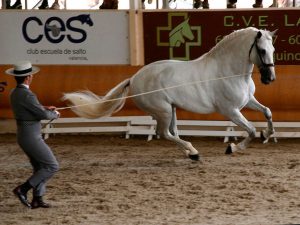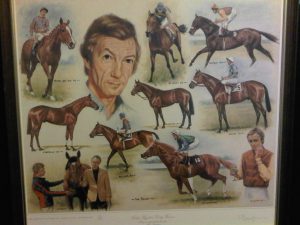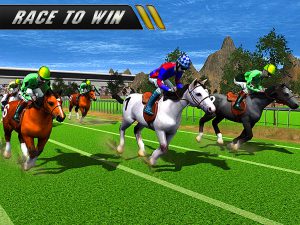There is a method to madness and fun that is horse racing. People can spend their whole lives breeding horses, attending races, and reading about the Cheltenham Racing Tips, but there is still going to be loads of info about horse racing. Because of this, we’ve created a small list of horse racing trivia you may enjoy and even use for your next game night.
Happy Birthday to All!
Most people celebrate their own personal birthdays, with the exception of a few countries that collectively age come New Year’s Eve. Interestingly enough, horses all share the same birthday – January 1st in the Northern hemisphere and August 1st in the Southern hemisphere. The truth is that many horse owners still celebrate their pets’ actual birthdays, but these dates are used for the sake of competitions and breeding, as it makes separating the categories much easier.
Inspection
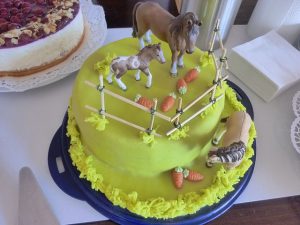 Normally, the races will not accept just any old horse. To compete, horses need to go through an inspection that proves they are healthy and perfectly capable of running a race. And then you havea story about a horse with tuberculosis and a single functioning lung that managed to get through the inspection and win the Derby in 1912. The horse’s name was Humorist and this feat made the British Thoroughbred famous and immortal.
Normally, the races will not accept just any old horse. To compete, horses need to go through an inspection that proves they are healthy and perfectly capable of running a race. And then you havea story about a horse with tuberculosis and a single functioning lung that managed to get through the inspection and win the Derby in 1912. The horse’s name was Humorist and this feat made the British Thoroughbred famous and immortal.
Don’t Look a Gift Horse in the Mouth
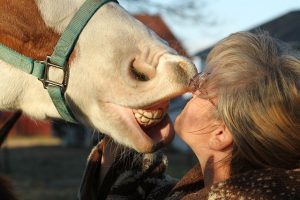 Looking a horse in the mouth is a tradition that lets you know how old a horse is, but in the world of horse racing, the info you get might be a bit more detailed.
Looking a horse in the mouth is a tradition that lets you know how old a horse is, but in the world of horse racing, the info you get might be a bit more detailed.
Every racing horse has a letter and five numbers tattooed on the inside of its upper lip. You can get the horse’s name, age, and when it was registered with the Jockey Club. It’s like having your own ID with you at all times.
This practice was standard up until 2017 when implanting microchips into the horses became the standard. Now, if your horse ever gets lost, the person who finds it can find out where the horse comes from and return it to you.
First Woman Jockey
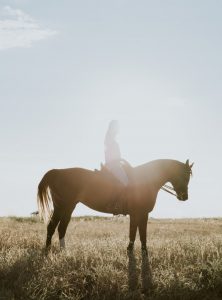 If you think misogynistic comments women face today are bad, you should have seen what Diane Crump experienced in the Kentucky Derby in 1969. Crump could not get onto the track or off it alone – she needed escort because of the not-so-subtle hostility of the fellow jockeys and the crowd. She was repeatedly told, or rather yelled at, to go back to the kitchen.
If you think misogynistic comments women face today are bad, you should have seen what Diane Crump experienced in the Kentucky Derby in 1969. Crump could not get onto the track or off it alone – she needed escort because of the not-so-subtle hostility of the fellow jockeys and the crowd. She was repeatedly told, or rather yelled at, to go back to the kitchen.
She was the first woman that made it to the races, though there have been a few that attempted this before her. The previous women jockeys were targeted by the male jockeys who threw stones at their trailers and threatened to boycott the sport. These days, the Western world is not known for stoning women who can beat them in horse races.
Size of the Jockeys
It is not enough to be a confident and capable rider. To be a good jockey, you have to be small enough for the horse to carry on practically unburdened. It is not uncommon for a jockey to weigh about 110 pounds, or around 50 kilos. In the Kentucky Derby, the upper limit for the weight of the jockey is 126 pounds.

